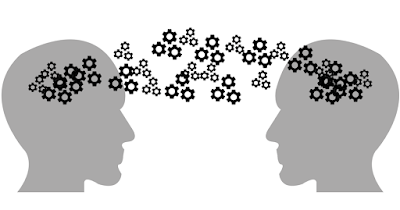Theory of Mind

By Marc Egeth “ Theory of Mind” refers to individuals’ cognitive ability to represent other individuals’ mental states. It is the sort of thing that is theorized to be somehow central to the human condition, underlying the ability to take into account other people as thinking, feeling individuals. Psychologists have examined the development of Theory of Mind as it emerges in toddlers and along with biologists have looked at the evolution of Theory of Mind by considering primates, dolphins, birds, and other seemingly smart animals’ ability to take others’ perspectives. A Theory of Mind deficit has been theorized to explain, or at least describe, the social interaction difficulties present in the autism and asperger’s neuro-atypical continuum personalities. A person with deficient Theory of Mind has a hard time understanding other people’s points of view. Some research has pointed to tradeoffs where the types of people who are employed to design and develop devices because of the
